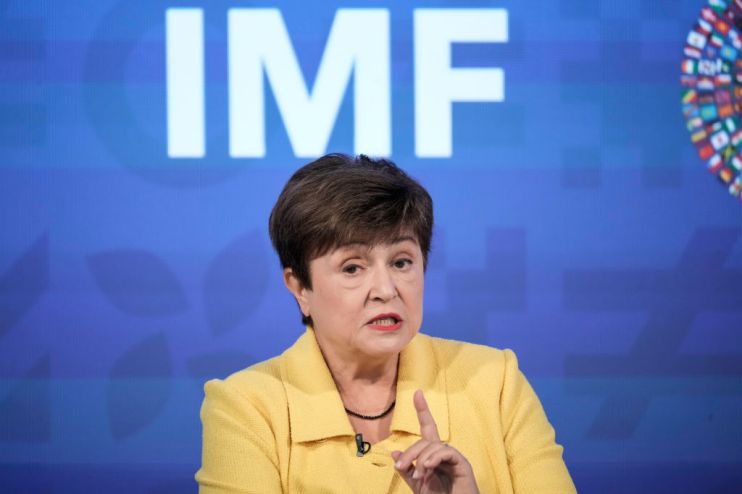IMF and World Bank meetings: What will central bankers and finance chiefs be talking about?

The International Monetary Fund (IMF) and World Bank are meeting in Washington this week for their Spring meeting with the stability of the banking sector high up the agenda.
Finance ministers and central bankers from around the world will come together with much to discuss, particularly after the collapse of Silicon Valley Bank sent shockwaves through the financial sector.
The world’s economic watchdog is set to release its financial stability report on Tuesday afternoon, having already signalled that issues in the non-bank financial sector may pose a risk to financial stability.
In a blog post last week authors at the IMF said recent turmoil in the banking sector was “a powerful reminder” that there were still “pockets of elevated financial vulnerabilities built over years of low rates, compressed volatility and ample liquidity.”
The non-bank financial sector, also called the shadow banking sector, has been in the spotlight after a series of high-profile financial blow-ups.
This includes the near implosion of the UK’s pension funds after extreme volatility in the gilt market and the collapse of hedge funds such as Archegos Capital.
The authors suggested that continued monetary tightening could pose a risk to the financial system.
“Such risks could intensify in coming months amid the continued tightening of monetary policy globally, making it especially important to understand and safeguard this broad swathe of the financial sector, which comprises an array of institutions beyond banks.”
Increased supervision of the sector is likely to be a key topic of discussion for the world’s economic decision makers.
The IMF will also highlight the challenges that growing geopolitical instability will pose to the financial sector.
According to chapters already released by the IMF, growing fragmentation from geopolitical tensions could impact the flow of funds around the world. This may cause banks’ funding costs to increase, reducing their profitability and potentially lowering the provision of credit.
Despite the banking turmoil, the IMF’s forecasts for global growth this year are expected to be little changed from its forecasts in January this year.
Back in January the IMF projected that global growth will fall to 2.9 per cent in 2023 but rise to 3.1 percent in 2024. The January forecast was 0.2 percentage points higher than its previous forecast in October.
Over the medium term things look less rosy. Last week IMF managing director Kristalina Georgieva said the global economy is on set for its weakest period of growth since 1990.
Georgieva said global growth would remain at around three per cent for the next five years, the lowest rate post-Cold War, as the impact of the Russian invasion of Ukraine, rising interest rates and Covid aftershocks continues to weigh on the economic outlook.